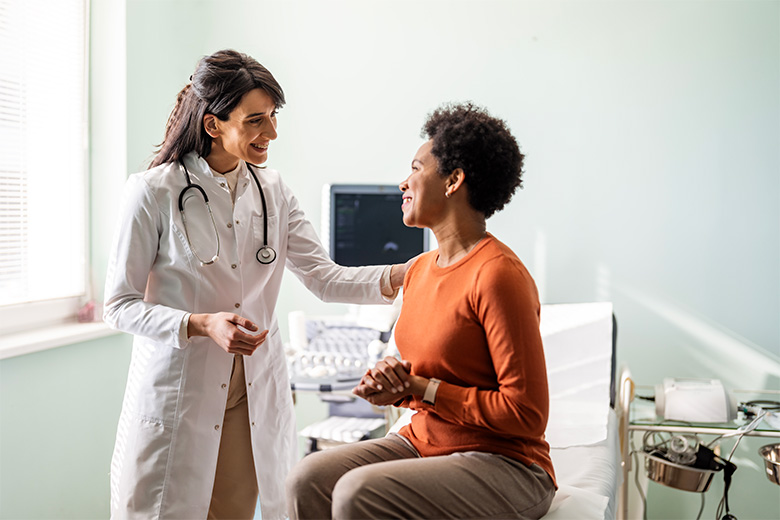Make an Appointment
To speak with a member of our team, please call.
Diagnostic care to support digestive tract health
Endoscopy procedures, such as colonoscopies, help healthcare providers see your digestive tract from the inside. This view enables your doctor to diagnose problems with your digestive system.
At Beverly Hospital, our specialists offer various endoscopy procedures to support your health. Using advanced tools available at our state-of-the-art Endoscopy Center, you can get the care you need in a comfortable, friendly environment.
Our specialists offer a variety of endoscopy procedures.
Capsule endoscopy is used to detect conditions affecting the small intestine. These include bleeding, inflammatory bowel disease and cancer.
A capsule endoscopy involves swallowing a video capsule the size of a vitamin. This capsule has a camera and a light source. It will move through the small bowel and take up to 60,000 images of your digestive system. These images help your doctor diagnose conditions affecting your digestive health.
Capsule endoscopy is painless. The device passes naturally out of the body.
Gastroscopies are used to examine the lining of your esophagus, stomach and upper small intestine. During the procedure, your doctor inserts a small camera in through your throat.
It can help identify causes of bleeding, trouble swallowing or abdominal pain. It is also used to examine the condition of your esophagus, stomach and small intestine after surgery.
Your doctor may work with other specialists at Beverly Hospital to help you get the care you need.

